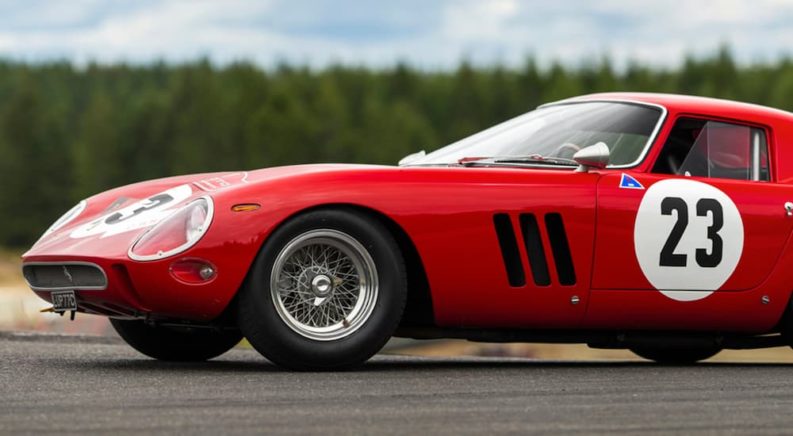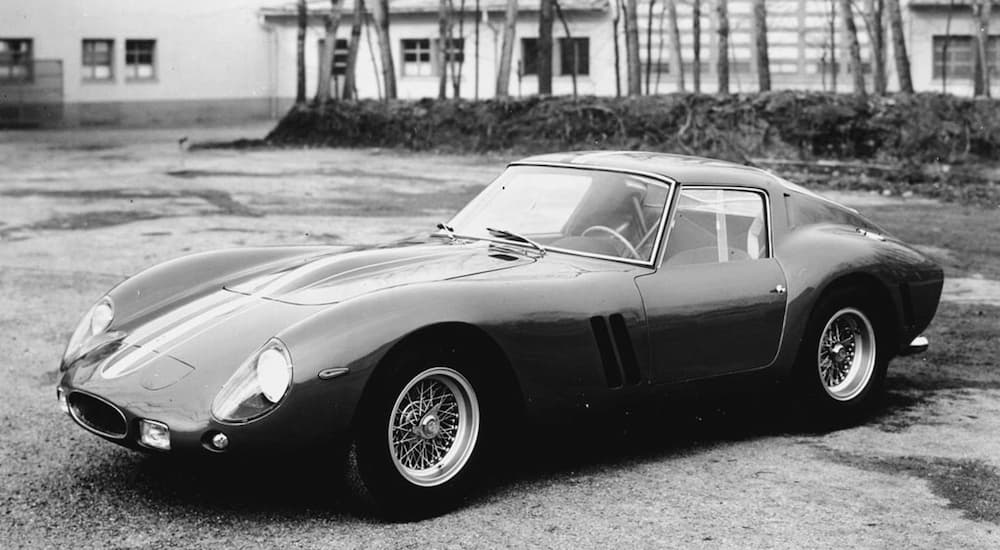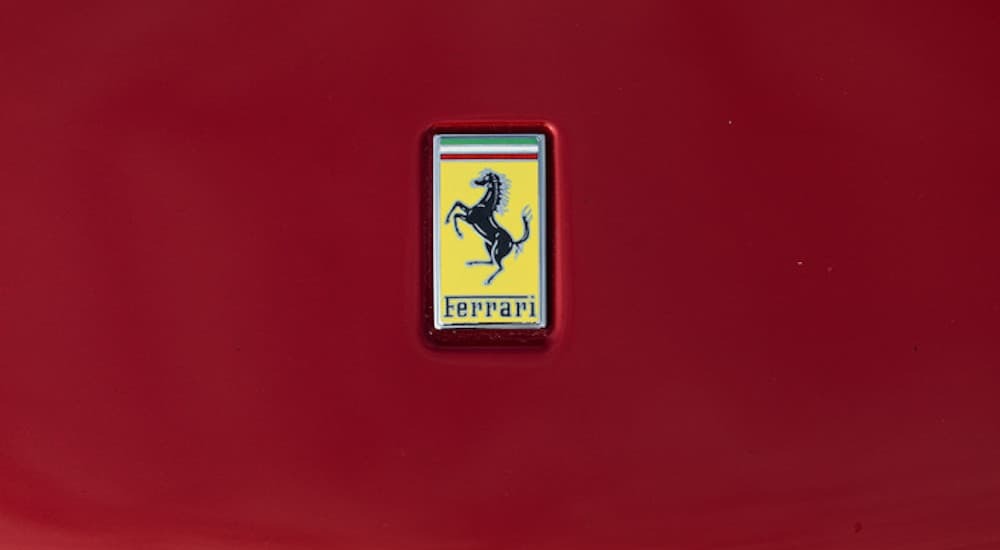So, you’re looking to sell the old thing? Maybe it’s been high time for a while. Or maybe you are sick of it and want to try something else. Or maybe you have an older car just taking up space in the garage, and you’re looking to have some extra money back in your account. No matter what your situation is, I encourage you not to act too quickly. You certainly don’t want to cheat anyone by selling your car for an inappropriately high price, but you also don’t want to cheat yourself out of money by settling for a subpar deal. Now, if you have a mid-2000s SUV sitting in the garage, you will certainly be able to sell that car for a decent amount of money and upgrade to something more appropriate for your current needs. If, however, you have a vehicle in your garage that could be considered vintage, then read on because you could be sitting on a gold mine. Now, if you have a vintage car and you just read that, you may think “sell my car? Are you crazy?!” Perhaps I am.
If you have a vintage car and at some point find yourself in a financial pickle, selling that car could easily lead to the fixing of that pickle. I can’t tell you whether or not you should sell your car, but what I can do is remind you that people are willing to pay big money for a vintage car that is well-kept. You would be shocked by some of the numbers that vehicles have gone for, both on auction and in private sales. There is one vehicle, in particular, I would like to look at today, and that is the Ferrari 250 GTO. This car holds the record for being the most expensive car ever sold on auction, so don’t get too excited by the numbers (unless, of course, you have a 250 GTO sitting in your garage). Even if you’re not selling a Ferrari, there could still be a good sale in it for you. But, the best way to learn is to learn from the best, so let’s take a look at the 1962 Ferrari 250 GTO.
1962 Ferrari 250 GTO
When first released in 1962, the Ferrari 250 GTO went for a price of $18,000. That may not be much money by today’s standards, but consider how hefty it must have seemed to people in 1962 when the average household income was about $6,000 a year. That’s three years’ worth of money going right into the Ferrari 250 GTO. But, if you thought $18,000 was a lot, just you wait. In 2018, a Ferrari 250 GTO was sold on auction for $48.4 million (no, that is not a typo). This price tag gives it the honor of holding the record for the most expensive car ever sold at auction.
It is rare to come by a car – or anything at all, for that matter – that people are willing to pay that kind of money for. But while this is the record for the most expensive car ever sold on auction, it is, shockingly, not the most expensive car ever sold. In a private sale, another Ferrari 250 GTO (not many were produced, mind you) was sold for about $80 million, once again setting a record. RM Sotheby, one of the leading car auction companies, sums up why people are willing to pay such obscene prices for the 250 GTO when it describes the vehicle as “the world’s most important, desirable, and legendary motor car.” That’s a pretty bold claim.
History
The 250 GTO has become one of the icons of Ferrari history despite having a production run of only thirty-six cars. What made it so unique was its versatility: it truly was a race car through and through, but it was also designed to be a personal vehicle for road driving. For its very first race ever, the 250 GTO zipped out in the 12 Hours of Sebring. Driven by Phil Hill and Oliver Gendebien, the 250 GTO finished first in its class and second only to a Ferrari 250 Testa Rossa.
The V12 engine in the 250 GTO allowed for 300 horsepower and a maximum speed of 174 miles per hour. The V12 engine was connected with a 5-speed gearbox, with an open gate gear-change tower in the cockpit. Because of its unique design (a story with a mystery all its own), the 250 GTO prototype earned the name “Il Mostro” (The Monster) for its odd appearance. This design, however, turned out to provide the car with greater speeds than a conventional body ever would have, and so began the legacy of the most expensive car ever sold.
The Car Itself
The vehicle’s style and functionality are closely intermingled. For example, The body of the car includes three removable D-shaped panels on the upper part of the nose. These are retained by quarter-turn fasteners, and they allow for increased radiator throughput. These panels give the vehicle its signature nose just above the “mouth,” giving the car an almost personified appearance. This really is the mark of a well-designed car, when functionality and style are so closely intermingled that their features are the same, and when the style is a product of the functionality. Some cars try to hide their lack of capability behind fancy and cool-looking but ultimately useless features. But you and I both know that the best cars derive their good looks from good engineering.
Why So Expensive?
You may be asking yourself, “but why? The car’s capabilities are not that unique by today’s standards, and sure, it’s a cool car, but $70 million? Really?” Fair questions all. Most of us don’t have $70 million or even $48.4 million. Much less do we have that kind of money to spend on an old, vintage car that will likely end up being a garage warmer (though, if you have a Ferrari 250 GTO and all it’s doing is sitting in your garage, you need a hearty dose of fun in your life). For some people, though, the fact that this vehicle was such a game-changer in the automotive world is enough to convince them that it’s worth the money.
It is very rare that you come across a vehicle that is quite literally a race car (not just a nice sports car, but a literal race car) and a road car. Usually, even if there is crossover in performance, a vehicle is designed for one purpose or the other, but not for both. So, the opportunity to zip around the track all day in one of the finest, most historic race cars of all time, and drive that same car back to the family when the hard day’s race is done, is quite a unique one.
So What Does This Mean for Me?
People sure like their vintage cars, huh? Now, of course, not all cars will sell for the same prices that a Ferrari 250 GTO would. But, just because it doesn’t sell for $70 million does not mean that it won’t still sell for an excellent price. Just as there are all kinds of cars in automotive history, there are all kinds of collectors looking for all kinds of historic vehicles, and you may have one for which a collector would be willing to strike up a good deal. So, if you’ve got a garage warmer sitting out there and your bank account needs a little boost, maybe it’s time to put the old thing on the market.






